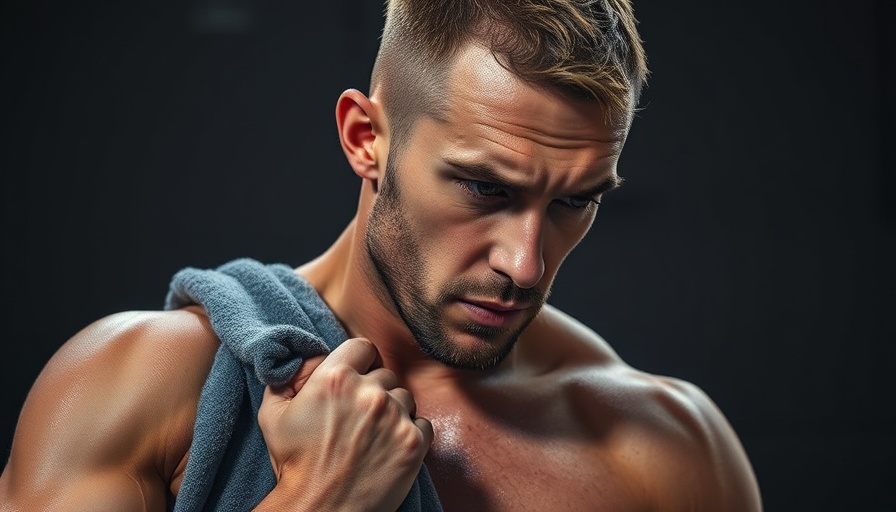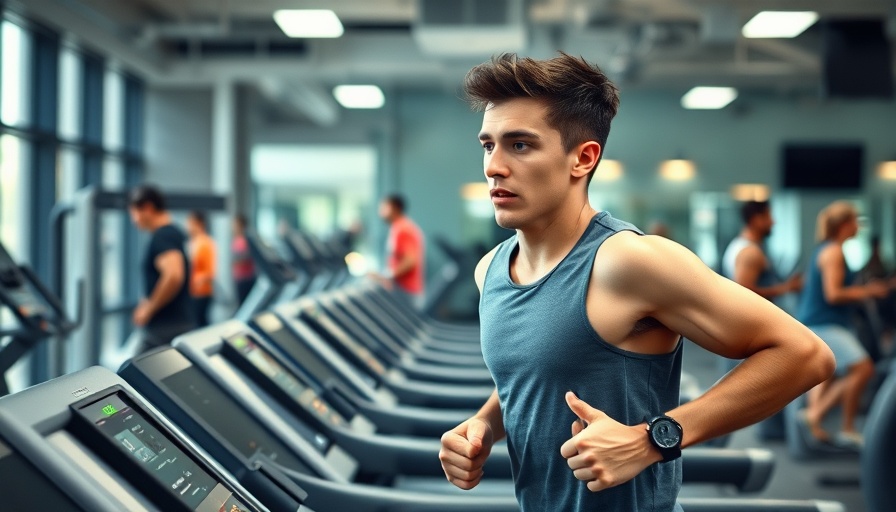
Legal Landscape and LGBTQ+ Marriages: A Fast-Moving Trend
In the decade since same-sex marriage was legalized in the U.S., the landscape for LGBTQ+ rights has rapidly shifted. With a conservative Supreme Court and significant anti-LGBTQ+ legislation emerging, many couples are feeling a sense of urgency. In response, couples are speeding up their wedding plans to secure legal protections associated with marriage. As wedding expert Brittny Drye notes, the desire for hospital visitation rights, next-of-kin status, and inheritance protections has never been more pressing. "We've seen many couples choosing to accelerate their timelines," she explains, highlighting how current political climates influence personal milestones.
The Rise of 'Stand In' Families: A Cultural Shift
In the face of potentially losing support from biological families, LGBTQ+ individuals are establishing 'stand in' families—supportive communities that replace traditional familial roles. This shift doesn't just reflect sociopolitical changes; it showcases resilience. Organizations like Stand In Pride help facilitate these connections, promoting chosen families among the LGBTQ+ community, where around 240,000 members worldwide currently engage in creating supportive networks.
The Emotional Toll: Navigating Family and Support Systems
With the rise in anti-LGBTQ+ rhetoric, many individuals face rejection from their biological families upon announcing their marriages. This rejection leads to a fragmented support system, necessitating the creation of alternative familial structures. Daniel Blevins, an LGBTQ+ advocate, emphasizes that this isn’t merely a resurgence of old prejudices; it’s a manifestation of a society that is less inclined to hide its bias. Individuals now actively seek meaningful connections to counter the emotional impact of familial rejection, often turning to chosen families as a vital source of love and acceptance.
Future Challenges: Preparing for Uncertainty
Despite this tide towards familial support and the celebration of love, the looming uncertainty about the status of marriage equality remains. LGBTQ+ couples are not just planning weddings out of joy, but also as a protective measure against potential reversals of rights. The need to legally secure their unions appears to be a smart yet emotional strategy to combat feelings of fear surrounding their future rights.
Your Role in Supporting LGBTQ+ Marriages
As digital nomads and advocates of social progress, there is an opportunity to show solidarity with LGBTQ+ couples by supporting inclusive businesses and proactively engaging in dialogues about marriage equality. Whether through participation in local advocacy groups or encouraging diverse voices in the workplace, we can create a more supportive environment for love to thrive. Protecting the rights of LGBTQ+ individuals is not just about recognizing their unions; it’s about affirming their existence and importance in society.
Conclusion: Embracing Diversity in Celebration
Understanding and supporting the shift toward 'stand in' families among LGBTQ+ couples is vital in times of uncertainty. It is essential to recognize that even in the face of adversity, the bonds created by chosen families are formidable. As we move forward, consider how to foster inclusivity and love within your own community. Each small action contributes to a larger narrative of acceptance and understanding.
 Add Row
Add Row  Add
Add 




Write A Comment